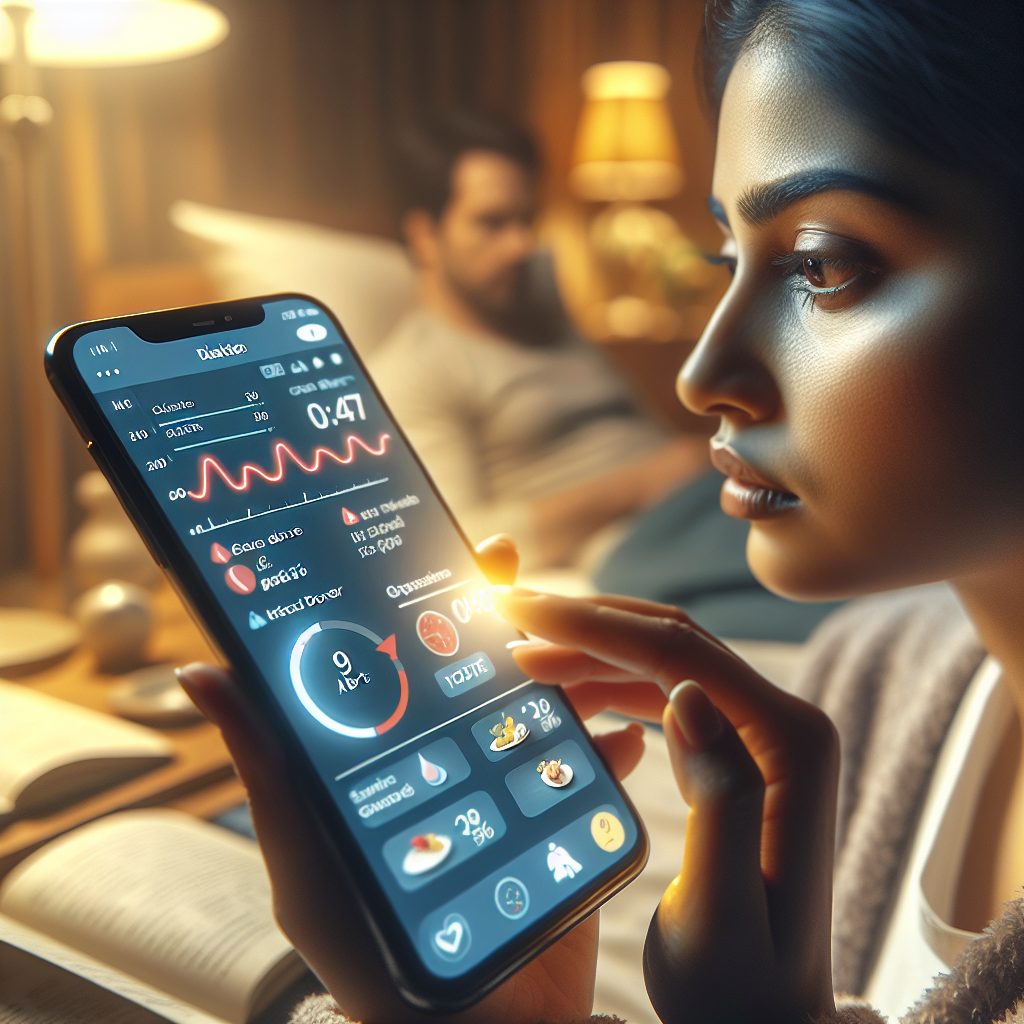Ensuring You Receive Vital Alerts from Diabetes Apps
Ensuring You Receive Vital Alerts from Diabetes Apps
Introduction
Diabetes management apps are crucial tools for individuals living with diabetes, providing timely alerts and data to help manage their condition effectively. However, ensuring these alerts are received and acted upon is vital for optimal health outcomes.
Key Features of Diabetes Apps
- Real-time Monitoring: Continuous glucose monitoring and insulin tracking.
- Customizable Alerts: Personalized notifications for glucose levels, medication reminders, and dietary advice.
- Data Integration: Syncing with other health devices and apps for comprehensive health tracking.
Challenges in Receiving Alerts
Despite their benefits, users may face challenges in receiving alerts due to:
- Technical Issues: Connectivity problems or app malfunctions.
- User Settings: Incorrect notification settings or app permissions.
- Device Compatibility: Incompatibility with certain smartphones or operating systems.
Best Practices for Ensuring Alerts
- Regular Updates: Keep the app and device software updated.
- Check Settings: Ensure notification settings are correctly configured.
- Test Alerts: Periodically test alert functionality to ensure reliability.
Conclusion
Diabetes apps are indispensable for managing diabetes effectively. By addressing technical challenges and optimizing app settings, users can ensure they receive vital alerts, enhancing their ability to manage their health proactively.



































